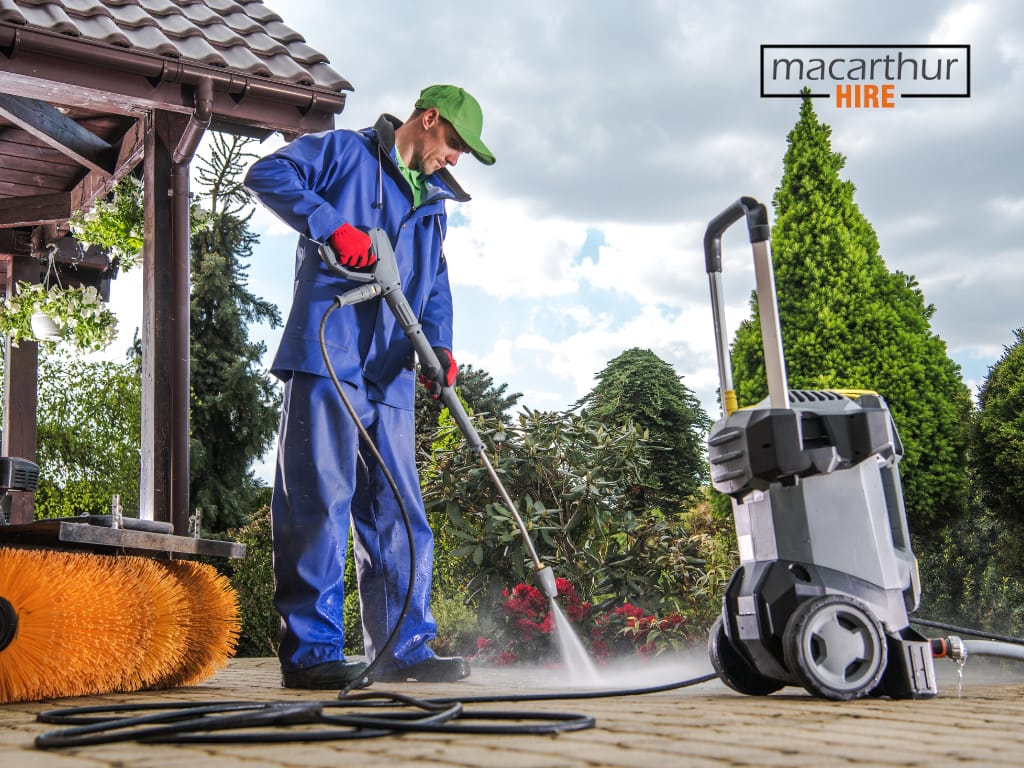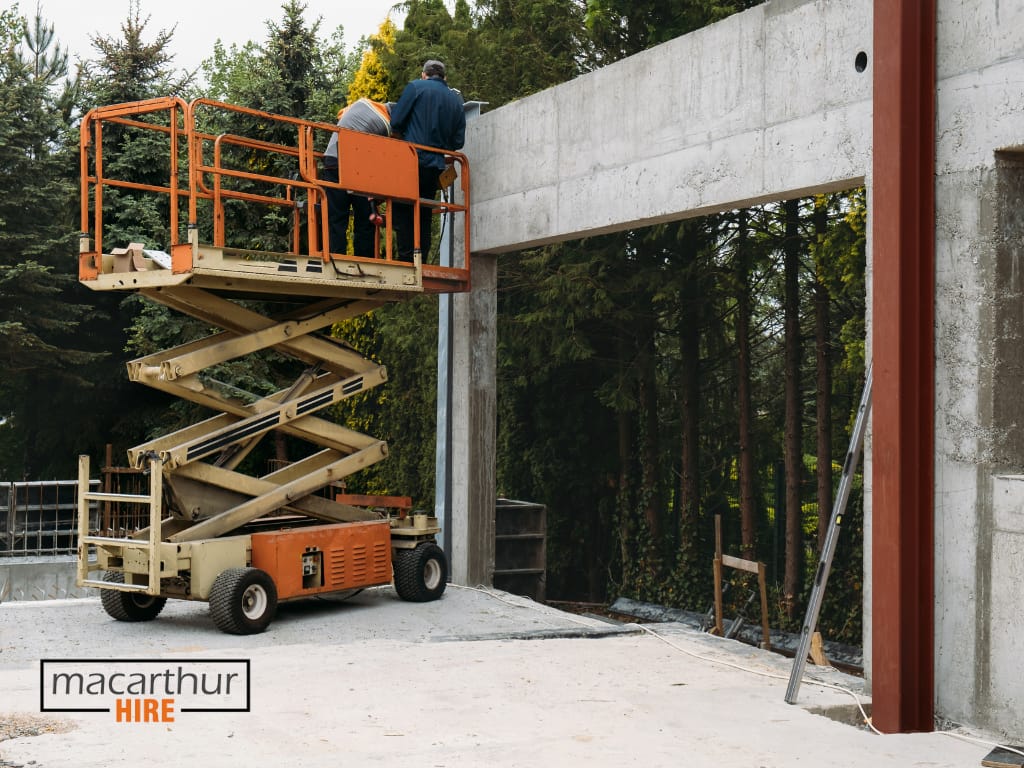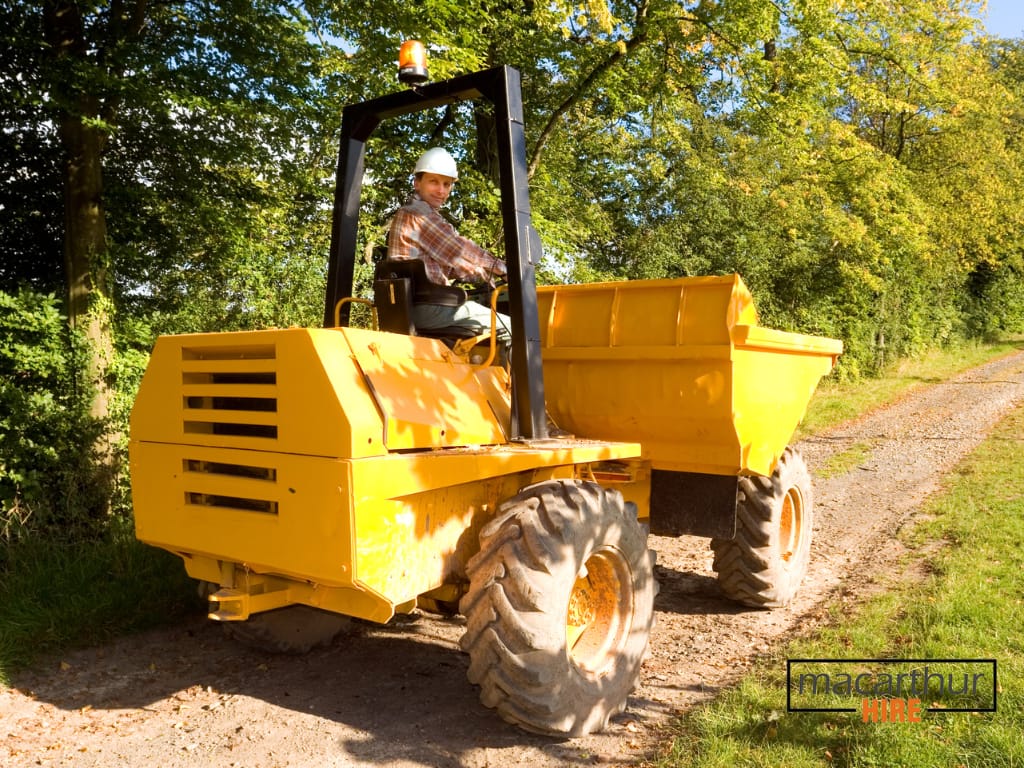Looking for something specific? Try using our search bar!
Looking for something specific? Try using our search bar!
In the construction equipment hire industry, the safety of workers and the public is paramount. Proper training and adherence to safety protocols not only prevent accidents and injuries but also ensure the efficiency and quality of construction projects. In Australia, where the construction sector is a significant contributor to the economy, understanding and implementing safety and training standards is crucial. This approach not only complies with legal requirements but also fosters a culture of safety and responsibility across projects.
Australia has comprehensive standards and regulations for construction equipment operation, overseen by Safe Work Australia and various state-based Work Health and Safety (WHS) bodies. These standards are designed to ensure that all construction equipment is operated safely and by qualified individuals. They cover a range of requirements, from the design and maintenance of machinery to the training and certification of operators, aiming to minimize risks associated with construction equipment use.

In Australia, equipment operators are required to hold valid certification to legally operate heavy machinery. The certifications are aligned with the Australian Qualifications Framework (AQF) and are issued by Registered Training Organizations (RTOs) upon successful completion of the relevant courses. These standards ensure that operators have the necessary skills and knowledge to safely and efficiently handle construction equipment hire.
Different types of construction equipment hire require specific certifications. For example:

Accredited training providers in Australia are registered with the Australian Skills Quality Authority (ASQA) or state-based training authorities. Prospective students can use the MySkills website or the Training.gov.au database to find RTOs offering the necessary courses for construction equipment operation.
Training courses vary depending on the equipment and certification required. Common courses include:
Completing accredited training and obtaining certification benefits operators in several ways:

Ensuring the safety of construction equipment operation involves strict adherence to established safety protocols and the use of personal protective equipment (PPE). These measures are designed to protect operators and other site workers from the inherent risks associated with construction work.
PPE is vital for minimizing exposure to hazardous conditions on construction sites. Requirements for operating heavy machinery typically include:
Implementing and following on-site safety practices are critical for preventing accidents and ensuring a safe working environment:
Knowledge of emergency procedures and first aid is essential for promptly addressing any incidents that may occur:

Employers play a crucial role in maintaining a safe work environment, especially when it comes to operating construction equipment.
It is the employer’s responsibility to ensure that all equipment operators receive the necessary training, both theoretical and practical, to safely perform their duties. This includes ongoing education on the latest safety standards and operation techniques.
Conducting regular safety drills helps prepare workers for potential emergencies, ensuring they understand how to act swiftly and correctly. Continuous education on safety best practices keeps safety awareness at the forefront of operations.
Employers must implement a regular maintenance schedule for all construction equipment. This includes pre-use checks, routine maintenance, and addressing any repairs promptly to prevent equipment failure and possible accidents.

In the ever-evolving landscape of construction, staying informed about the latest safety regulations and standards is crucial for maintaining a safe work environment and ensuring compliance with the law.
Safety legislation in the construction industry can change in response to new research, technology advancements, and lessons learned from incidents. It’s vital for everyone in the industry, especially those responsible for operating heavy machinery, to stay informed about these changes. Regularly reviewing updates from safety regulatory bodies and participating in industry forums can help keep knowledge current.
Several resources are available for construction professionals to stay informed about safety regulations and standards, including:
Continuous learning is essential in the construction industry due to the high risks involved. Engaging in ongoing education and training ensures that workers can adapt to new safety protocols, use equipment correctly, and respond effectively to emergencies. This commitment to learning fosters a culture of safety that can significantly reduce workplace accidents and injuries.
This discussion has underscored the critical role of proper training, certification, and adherence to safety protocols in the operation of construction equipment. From understanding the importance of PPE and on-site safety practices to recognizing the employer’s role in ensuring operator safety, it’s clear that comprehensive training and strict safety measures are non-negotiable in safeguarding workers and the public.
More articles below: